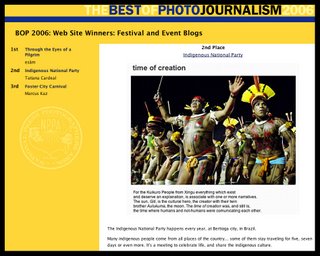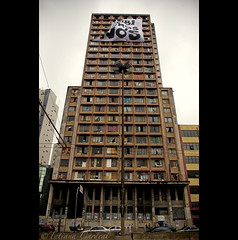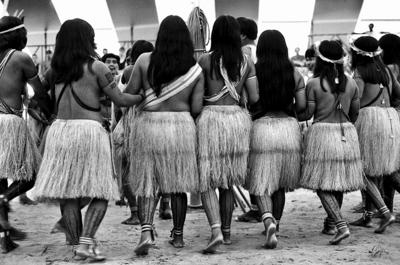
originally uploaded by Tatiana Cardeal. All photographs © 2006.
when my eyes open, the world will be fine









In my country, in my heart.
That's a late reflexion. I made this portrait from Jason at the Children's day celebration, with CARF (Children at Risk Foundation). But this image became a symbol of my personal thoughts and feelings about the last gun's referendum we had in Brazil. I see a kind of mortuary mask.
I was remembering the emotions I felt while photographing those brave Mothers protesting at the II Urban Outcries Project, the communication program about firearms from CARF, at Diadema.
But with a two-thirds majority vote against banning the trade of firearms to the public.
"I believe it to be a choice that goes far beyond a decision to whether or not we prohibit the trade of firearms in Brazil.Words from Carlos Eduardo Zuma, from Instituto Noos
We are choosing what kind of society we want to be: turned towards individualism, an “every man for himself” attitude, or an organized society with social justice and citizenship"


Four Guarani's girls were playing near the indigenous fair.
They were running and playing on the sand, as little birds.
I was surprised when one of them invited me with her eyes, to play. I couldn't say no.
I lose my afternoon there.
I won a life.
This one is Angela, the most dreamer and easy opened of the four.
The Guarani People live in many brazilian's states.
Population about 35.000, in 1998.